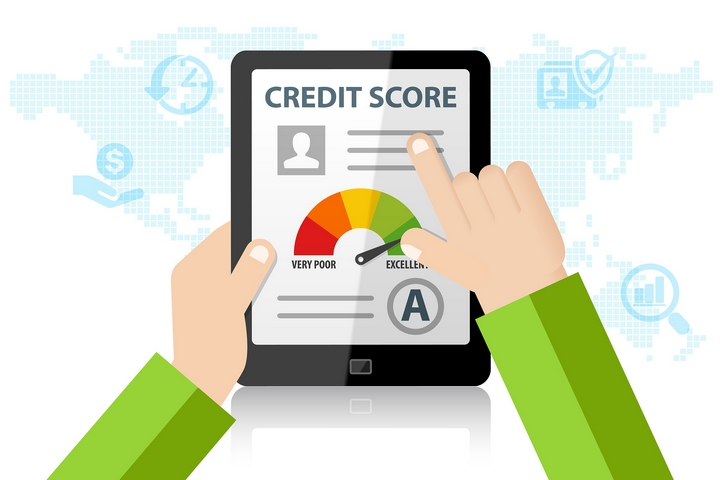7 Steps to Qualify for a Mortgage If You’re Self-Employed

Being self-employed has many perks—you get to be your own boss, grow a business you’re passionate about, and make your own schedule. There are some downsides, however, including inconsistent income and difficulty getting a mortgage.
Some months you might be swamped with work, while others might be slow. Financial institutions believe this inconsistent income makes you a greater risk to lenders. So how can you qualify for a mortgage if you’re at a higher risk due to being self-employed? Use these tips.
1. Improve Your Credit

A great credit score can go a long way in reducing your lending risk. It’s much more important for those who are self-employed to keep their credit pristine. If you’ve taken on many debts, such as business loans or credit cards, to stay afloat while you work for yourself, the banks may not want to give you a mortgage. So, before you head off to the bank to get a pre-approval, make sure you pay off as many debts as you can and cancel credit cards you don’t need.
2. Maximize Your Reported Income

As a self-employed individual, you no doubt claim as many business expenses as you can to reduce your tax bill. However, the more expenses you claim, the lower your reported income. Plan ahead and claim fewer expenses so you can increase your reported income. Hold off on big purchases such as leased cars for your business, new office equipment, or a new office space that would significantly reduce your tax bill. You’ll pay more in taxes, but you’ll also show higher income, which will help you be eligible for a higher mortgage.
3. Save a Bigger Down Payment

Banks typically only require a 5% down payment. However, because you’re self-employed, you’ll want to save more than the minimum. The more you save and can put towards a higher down payment, the less risky you’ll be considered to financial institutions. Save 20% or more and you won’t have to get default insurance, which has more stringent requirements than most banks. With a bigger down payment, you’ll face less restrictive terms.
4. Make Sure Your Paperwork Is in Order

To prove you make enough income to cover your mortgage rates and payments, you’ll need to have your paperwork in order. Most employed individuals only need to show a copy of their T4s, but you’ll need much more documentation as a self-employed individual, including three years’ notices of assessments, proof your GST/HST is paid and up to date, and bank statements showing regular deposits.
5. Consider Incorporating

While incorporating your business will be costly and time consuming, and comes with bigger accounting fees, it can give financial lenders peace of mind. Incorporating would enable you to pay yourself a formal salary.
6. Look at Other Lending Options

Though most homeowners do get a mortgage through their local bank branch, this isn’t the only avenue available to you. For self-employed individuals, it’s often best to work with a mortgage broker. Brokers understand which mortgage offerings are available through banks for the self-employed. They also have access to many alternative lenders who are experienced working with the self-employed.
7. Apply at the Right Time

The timing of when you apply for a mortgage can make the difference between being approved and being rejected. Lenders will consider your average income from the past two years when processing your application. If you’ve just taken a six-month sabbatical or an extended holiday, your average income will be lower than usual, which may mean you won’t get approved.
With these seven tips, you can help ensure you get approved for a mortgage to buy your dream house, even though you’re self-employed.
